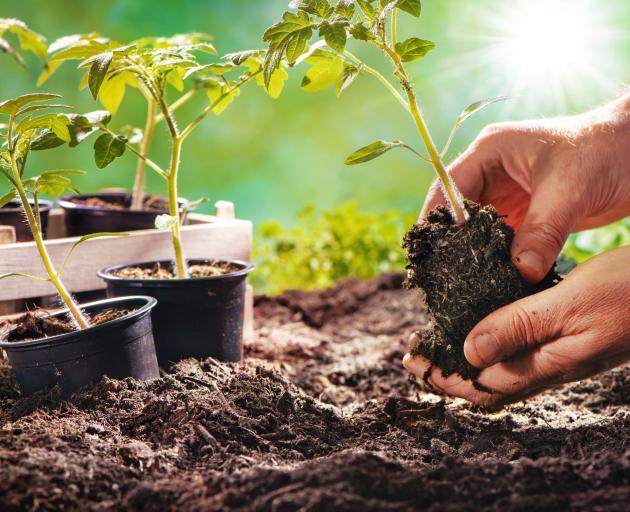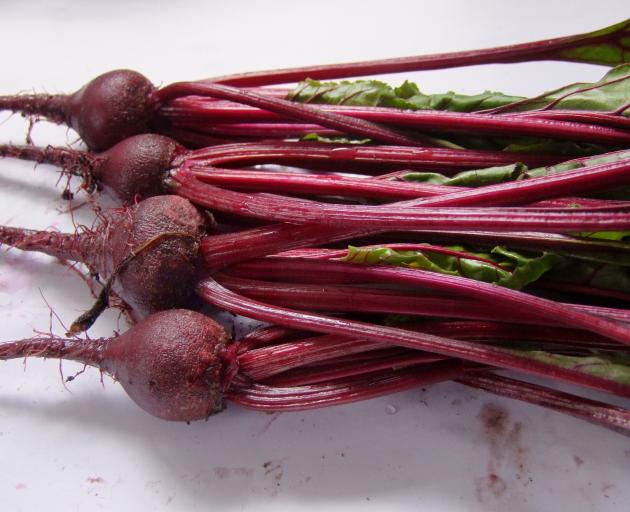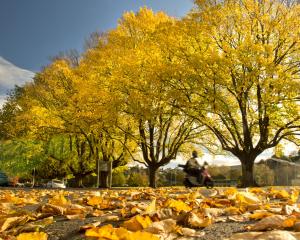
I call it research, but the truth is that I’ve wasted a huge amount of time lately.
That’s because several new seed and plant catalogues arrived at the beginning of this month and I’ve been happily going through them, highlighter in hand, selecting things I fancy.
Then came the difficult part. I really cannot justify buying everything I’d like — where would I put persimmon trees on my little section? — so the lists have had to be pruned.
There’s another task before I start ordering: sorting seed I have in tins in the shed. Some has expired, like the radishes that should have been sown by 2016 and I’m totally off broad beans and can’t see using up the seed on hand, while the watercress I tried last year is still growing so brilliantly I don’t need to sow more. My New Zealand spinach (Tetragonia tetragonoides) self-seeds like crazy, so that’s another saving.

More important than choosing what to grow is where to put it and this is the ideal time for everyone to assess his or her vegetable plots.

Seed packets often give limited information on what best suits plants, so time spent reading a gardening book to check their needs will pay off.
Planting or sowing too early or too late is a common cause of failure. In my case, last season I was late getting corn sown, so the plants failed to mature properly, so most of the cobs didn’t ripen or looked very sad. A garden diary helps keeps tabs on such things and, over a few years, gives the gardener a guide to the optimum sowing/planting/harvesting times.

Assuming the weather is suitable, digging and fertilising over the next fortnight will ensure sowing and planting hardier vegetables such as peas, broad beans, cabbage, broccoli and cauliflower can begin early in September.
Don’t put fresh or even semi-rotted animal manure or blood and bone where carrots and parsnips are to grow or the result will be decidedly twisted. Beetroot, which has different ancestry, is one of the root crops that can tolerate fairly fresh manure.

Onward and upward will be my motto this spring,










